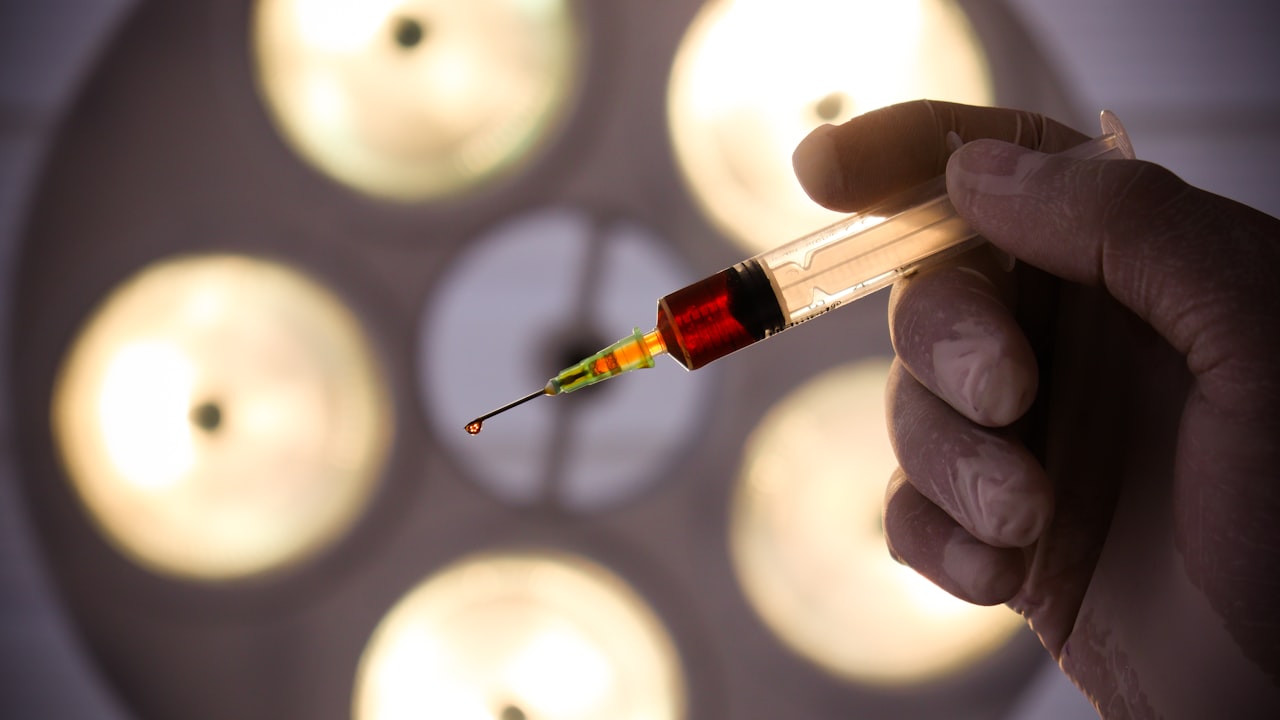Title: Designing High-Quality Injection Molds: Key Considerations
When it comes to designing high-quality injection molds, there are several key considerations that injection mold factories and suppliers need to keep in mind to ensure the success of their projects.
The primary goal of any injection mold design is to produce high-quality parts consistently and efficiently. This requires a deep understanding of the injection molding process and the unique requirements of each project. Injection mold factories must work closely with their clients to clearly define the scope of the project, including the desired part specifications, production volume, and budget constraints.
One of the most important considerations in injection mold design is selecting the right materials. The choice of material will impact the quality, durability, and cost of the final product. Injection mold factories must carefully evaluate the properties of different materials and select the one that best meets the requirements of the project.
Another crucial factor in designing high-quality injection molds is the tooling design. The tooling design plays a significant role in determining the efficiency and quality of the injection molding process. Injection mold factories must consider factors such as part geometry, gating, cooling, and ejection when designing the tooling to ensure optimal performance.
In addition to material selection and tooling design, injection mold factories must also consider factors such as mold flow analysis, prototyping, and testing. Mold flow analysis allows manufacturers to simulate the injection molding process and identify potential issues before production begins. Prototyping and testing help to validate the design and ensure that the final product meets the client’s specifications.
Overall, designing high-quality injection molds requires careful planning, thorough analysis, and close collaboration between injection mold factories and their clients. By considering key factors such as material selection, tooling design, mold flow analysis, and testing, injection mold suppliers can ensure the success of their projects and produce high-quality parts consistently and efficiently.

 Title: Design Considerations for Injection Molding Tooling
Title: Design Considerations for Injection Molding Tooling Title: Design Considerations for Injection Molding Tools: A Comprehensive Guide
Title: Design Considerations for Injection Molding Tools: A Comprehensive Guide